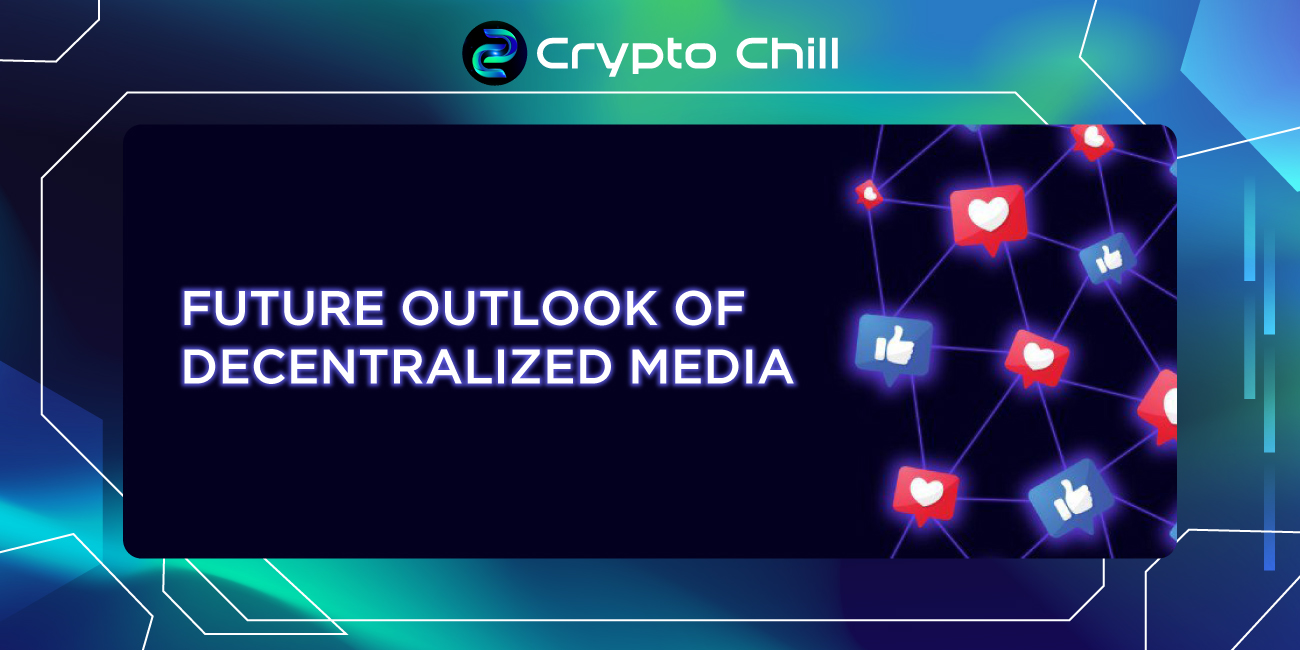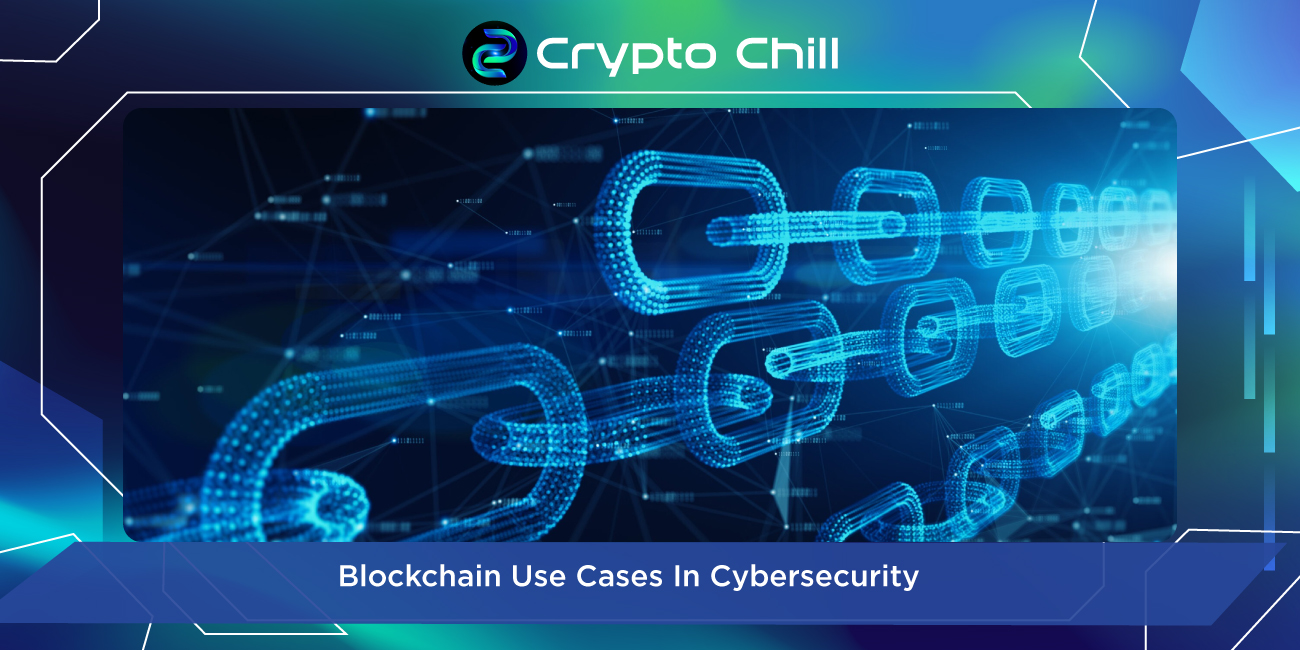In our previous articles, we discussed the technological foundations and the transformative potential of decentralized media. Now, in Part 3 of our series, we shift our focus to the risks and challenges that accompany this revolution. While decentralized media presents exciting opportunities, it is essential to recognize the complexities and devise strategies to navigate this evolving landscape.
Part 1: The Rise of Decentralize Media: Reshaping Information Dissemination
Part 2: The Rise of Decentralized Media: Power of Blockchain Technology
Risks and Challenges of Decentralized Media
While decentralized media brings numerous opportunities, it also poses several risks and challenges that need to be addressed. One of the prominent challenges for decentralized media platforms is the proliferation of fake news and misinformation. Without a centralized authority overseeing content, the responsibility to verify accuracy and authenticity falls on users themselves. The absence of robust fact-checking mechanisms can lead to the dissemination of false information, posing risks to the credibility of the information ecosystem.
The decentralized nature of media platforms also raises questions about regulatory frameworks. Traditional media structures are designed for centralized entities, making it challenging to adapt regulations to the decentralized landscape. Striking a balance between freedom of speech, privacy, and accountability while preventing misuse of the platform for illegal activities presents regulatory complexities.
These decentralized platforms often encounter scalability issues when handling increasing user demand. Slow transaction speeds, high fees, and limited bandwidth can hinder user experience. Overcoming these challenges while ensuring a seamless and user-friendly interface remains a significant technical hurdle.
Last but not least, effectively moderating content to maintain community guidelines and prevent the spread of harmful or offensive material is a delicate task for decentralized media platforms. Balancing freedom of speech with the need for a safe and inclusive environment requires innovative solutions, such as community-driven moderation and consensus-based decision-making.
Future Outlook of Decentralized Media
As the decentralized media ecosystem continues to expand, the need for interoperability and standardization becomes increasingly apparent. By establishing common protocols, data formats, and communication standards, seamless integration across decentralized media platforms can be achieved, empowering users to access and interact with content effortlessly.
The use of tokenization and incentive mechanisms is poised to witness significant growth in the realm of decentralized media. Cryptocurrencies and blockchain-based tokens hold the power to empower content creators by offering direct financial incentives and facilitating value exchange within decentralized media ecosystems. This incentivization model is expected to foster increased participation, drive the creation of high-quality content, and promote active community engagement.
The convergence of decentralized media with emerging technologies like augmented reality (AR) and virtual reality (VR) opens up a world of exciting possibilities. By leveraging these technologies, decentralized platforms can provide immersive and interactive AR/VR experiences, transforming the way stories are told, news is reported, and entertainment is consumed.
One of the most profound aspects of decentralized media lies in its ability to counter censorship and safeguard freedom of expression. As governments and centralized entities tighten their grip on information control, decentralized media serves as a sanctuary for free speech, allowing individuals to freely share their thoughts, ideas, and perspectives without fear of retribution.
Final Thoughts
While decentralized social media platforms are not yet widely adopted by the majority, there is potential for their popularity to increase in the future. This shift can be attributed to the inefficiencies and flaws of existing centralized social media sites, where users have limited control over their data consumption and usage.
However, it is important to recognize that the refinement and widespread adoption of decentralized social networks may take time. Building social network systems is a complex process that requires years of development and refinement. Nonetheless, the possibilities offered by decentralized social media platforms should not be disregarded.
In conclusion, as people become increasingly frustrated with the limitations of centralized social media and concerns over data privacy, the decentralized approach holds promise for a more user-centric and transparent social media landscape. While challenges and obstacles may arise along the way, the potential for decentralized social media to revolutionize the way we connect, share, and engage with each other is an exciting prospect for the future.
Disclaimer: The information in this article is not investment advice from CryptoChill. Overall, cryptocurrencies always carry many financial risks. Therefore, do your own research before making any investment decisions based on this website’s information.











No Comment! Be the first one.